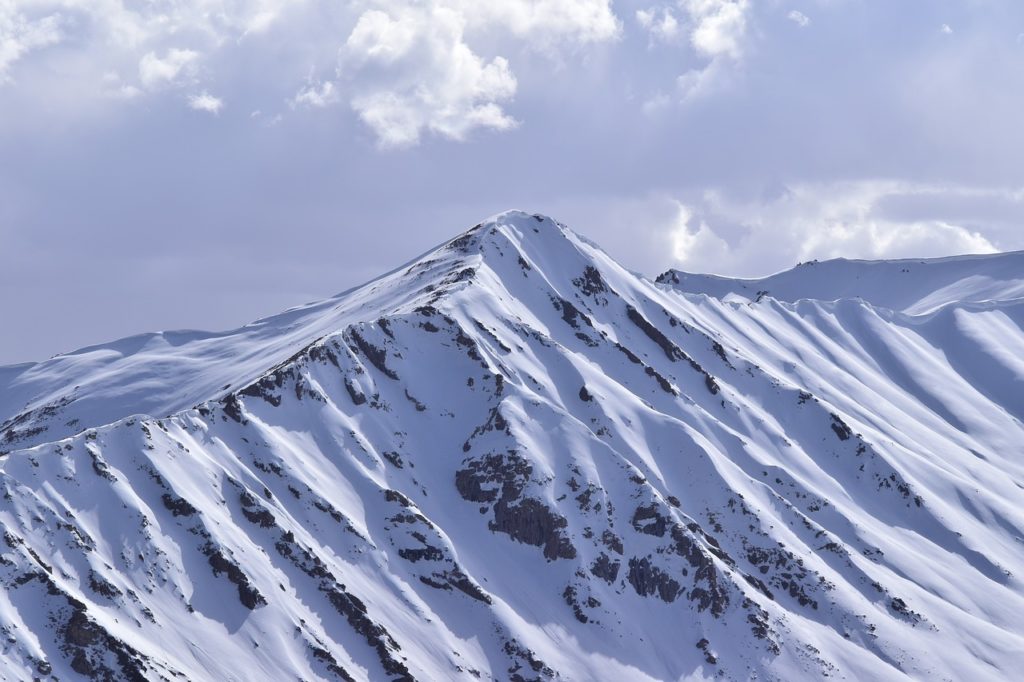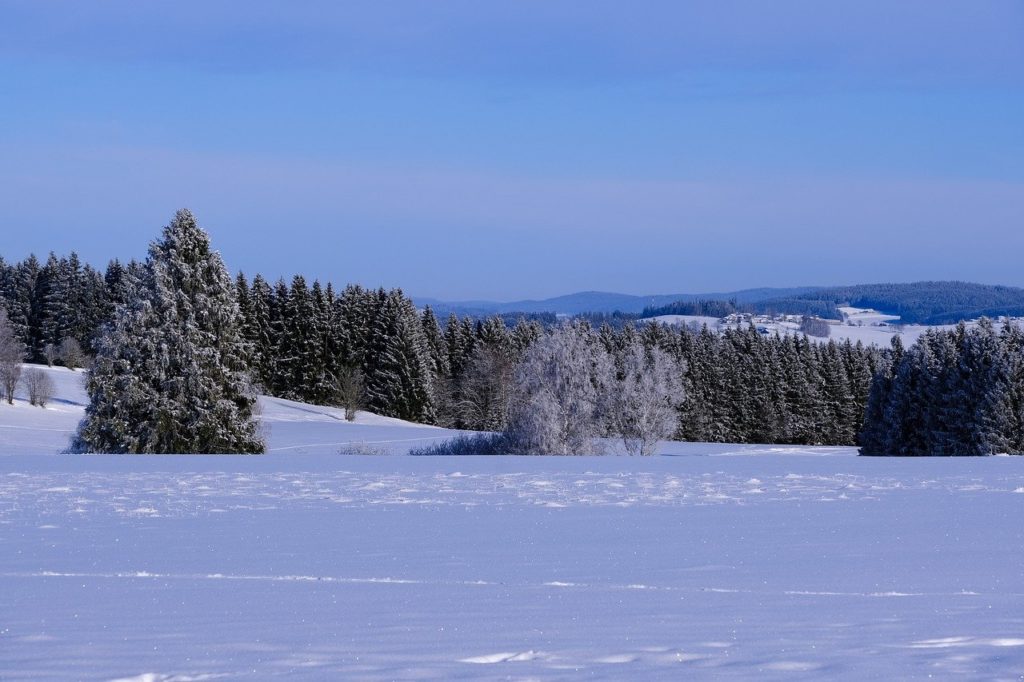A glacier can be defined as a persistent mass of dense ice that is moving under its own weight. Glaciers are formed on land and are composed of fallen snow that gets compressed into ice, over centuries. Glaciers move downward due to gravity. There are over 7000 known glaciers around the world and they together cover about 10% of the Earth’s land surface. The total volume of glaciers (not including Antarctica and Greenland) is about 170,000 cubic kilometres. Glacial ice is the world’s largest reservoir of fresh water. Among the glaciers in the Himalayas, how many are there in Kashmir and which is the biggest glacier in J&K? Let’s find out.
How Many Glaciers in Kashmir?
According to a study titled ‘Satellite-observed glacier recession in the Kashmir Himalaya, India, from 1980 to 2018’ which was published in the journal Environmental Monitoring and Assessment and Springer Nature and was written by Shakil Ahmad Romshoo, Midhat Fayaz, Gowhar Meraj and I.M. Bahuguna, there were 147 glaciers in the Kashmiri Himalayan region between 1980 to 2018. Global warming has led to glacier loss and resulted in the fragmentation of many glaciers. Due to this, the number of glaciers has increased in number. Glaciers of Jammu and Kashmir (located in Ladakh) include Machoi and Shafat glaciers in the north-eastern Himlayan range and the most notable and the world’s second-largest glacier, Siachen. Some of Kashmir’s other important glaciers include Batura, Khurdopin, Hispar, Biafo, Baltoro, Diamir and Chomolungma located in the Karakoram mountain range. Among the must-see glaciers in J&K are Machoi, Kolahoi, Thajiwas, Drang-Drujng and Shafat. Wondering which glacier is the largest one in J&K? The answer is Kolahoi!
Biggest Glacier in Jammu and Kashmir
Kolahoi, located in the north-western Himalayan Range 26 kms north of Pahalgam and 16 kms south of Sonamarg, is the largest glacier in Jammu and Kashmir. It is a valley glacier which lies at 4700 meters. This glacier originates below the cirques on the north flank of the Kolahoi peak.
Kolahoi glacier is the main source of the Lidder river. Its waters later become the tributaries of the Jhelum River. The water serves the Anantnag district and finally flows into the Jhelum River near Khanabal Anantnag.
The locals refer to Kolahoi glacier as the goddess of light as it is the main source of major rivers like Jhelum and Lidder. A trek to this glacier is a great experience, as the trail takes you through green forests and meadows and along the banks of the Lidder river and the Himalayan valleys, providing you with stunning views of lakes and flower beds before you reach the equally beautiful destination, the Kolahoi glacier.
Due to global warming, Kolahoi has shrunk from 13.57 square kms to 10.69 square kms. From 1922 to 2015, the glacier is said to have receded at the rate of 73.26 meters per year. Along with the recession, a reduction in snow depth, increase in the black carbon concentration, rise in temperature and decrease in precipitation have also been observed.
Kolahoi is a hanging glacier which is hollow from the inside, and this has posed a great risk in the expeditions carried out to this glacier. The environmental impact of the shrinking of Kolahoi and other Himalayan glaciers is severe and requires immediate attention.
Climate change has led to the melting of several glaciers and the depletion of this water reserve is posing a threat to the environment. Strict measures should be taken to combat the recession of glaciers, so that these floating beauties do not deplete. Since glaciers are major water sources for large populations in the vicinity, their protection is necessary for the survival of plant, animal and human species and for maintaining the environmental balance.



